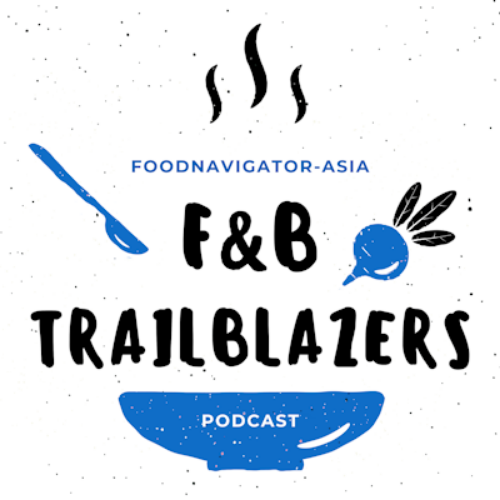Market trends
Mars and Hershey lose share to premium chocolates in China, says Mintel

“Mars and Hershey lost the most market share in 2016,” said the consumer research firm. “They were lacking breakthrough innovations while other competitors were actively premiumizing their product lines, as well as imported brands having become more accessible through e-commerce.
“Conversely, premium chocolate brands such as Lindt, Godiva, and Ferrero have gained market share in 2016,” Mintel added.
During the 2015-16 period, Mars’ market share in China’s chocolate category dropped from 44.4% to 43.3%, and Hershey’s share declined from 8.5% to 8.2%; while the market shares of Ferrero, Lindt and Pladis (Godiva’s parent company) gained 0.3%, 0.2% and 0.4% respectively, according to Mintel data.
Ferrero’s competitive advantages
Mintel did not disclose what individual brands grew their market share of these premium chocolates. However, Euromonitor data showed that Ferrero’s success in China was mainly driven by its Kinder brand, while Ferrero Rocher’s share has remained flat at 5.7% over the past two years.
Kinder accounted for 7.0% of China’s chocolate market in 2017, compared to only 4.2% in 2013, according to Euromonitor.
The one factor that might hurt Ferrero in terms of competing with other western brands is localizing its production, Mintel pointed out.
“Major players such as Ferrero and Mondelēz are localizing their productions in China to lower their costs,” Mintel explained. “A challenge for the change is that imported chocolate products are perceived more premium by Chinese consumers. Therefore, local production may reduce the products’ image of authenticity.
“Even so, the local plants create good opportunity for companies to hold open house days or build entertainment facilities on-site to enable more interaction with consumers,” it added.
Gaps in health and ethical claims
Even though up to 73% of Chinese consumers agree that eating a proper amount of chocolate is good for health, there is “a large gap to fill” when it comes to health labels, according to Mintel.
“’Using less artificial additives’ is the top change consumers would like to see… about 5.7% of the chocolate products launched in the world between 2014 and 2016 have the ‘no additives/preservatives’ claim,” Mintel said. “However, the claim is nearly zero on products launched in China.”
The other area Chinese chocolate companies lag behind the global market is using ethical claims such as fair-trade certified cocoa beans, added Mintel.
These claims, which are often associated with premium quality chocolate, have increased the most in the last three years, said Mintel.
“During 2014 and 2016, about 15.7% and 15.6% respectively of the chocolate products launched in the world have the ethical-human and ethical-environmentally friendly claims,” it said. “In China, the numbers are only 1.4% and 2.1% respectively, denoting a large gap to catch up with the world.”
Mintel further suggested chocolate companies position cocoa beans in a similar way as coffee beans to educate consumers in the subtle differences between beans and make eating chocolate a more “elegant and sophisticated tasting experience.”











